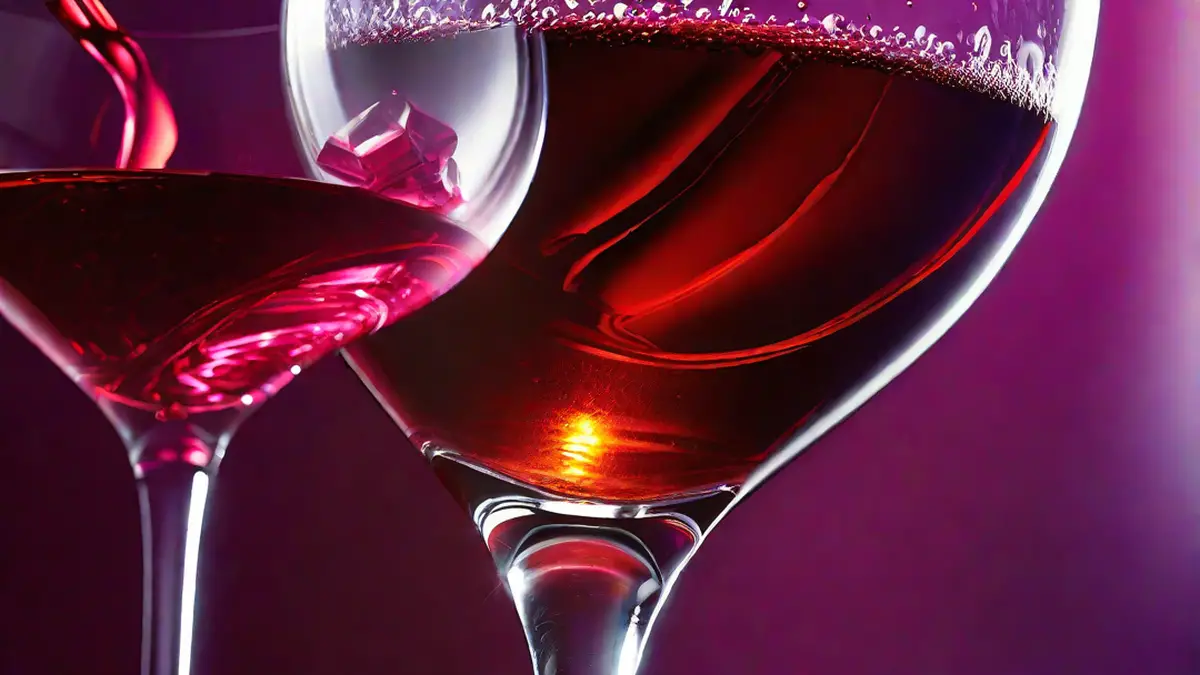In conversations about wine, the array of flavors available is undoubtedly fascinating. Whether it’s sweet and fruity or dry and earthy, there’s a wine out there that can satisfy every taste preference. In this discussion, my goal is to explore the world of acidic wines and delve into their distinct characteristics.
First and foremost, it’s important to understand that tartness in wine is primarily a result of acidity. Acidity is a key component of the overall balance and structure of a wine. It provides a crisp and refreshing sensation on the palate, making it especially enjoyable on a hot summer day or when paired with certain foods.
Winemakers achieve tartness in wine by ensuring that the grapes used to make the wine have high levels of acidity. This can be influenced by various factors, including the grape variety, climate, and winemaking techniques.
For example, grape varieties such as Sauvignon Blanc and Riesling are known for their naturally high acidity. These grapes thrive in cooler climates where the extended ripening period allows the acids to develop fully. As a result, wines made from these grapes often have a pronounced tartness.
In addition to the grape variety, the climate in which the grapes are grown plays a crucial role in determining the level of tartness in the wine. Cooler climates tend to produce grapes with higher acidity, while warmer climates may result in riper grapes with lower acidity.
Winemaking techniques also come into play when it comes to tartness. For example, some winemakers may choose to ferment the grapes at lower temperatures to preserve the natural acidity. Others may use malolactic fermentation, a process that converts the sharper malic acid into softer lactic acid, thereby reducing the tartness of the wine.
It’s worth noting that tartness in wine is subjective and can vary depending on personal taste. Some individuals may find tart wines exhilarating and invigorating, while others may find them too sharp and acidic. It’s all a matter of preference.
Personally, I enjoy the bright and zesty character of tart wines. There’s something invigorating about that first sip that wakes up my taste buds and makes me crave another. Whether it’s a crisp Sauvignon Blanc or a mouth-puckering Riesling, tart wines never fail to excite my palate.
In conclusion, tartness in wine is primarily a result of acidity. Factors such as grape variety, climate, and winemaking techniques all contribute to the level of tartness in the final product. Whether you love the refreshing tang of tart wines or prefer something on the sweeter side, there’s no denying the unique appeal of these zippy and lively libations.





